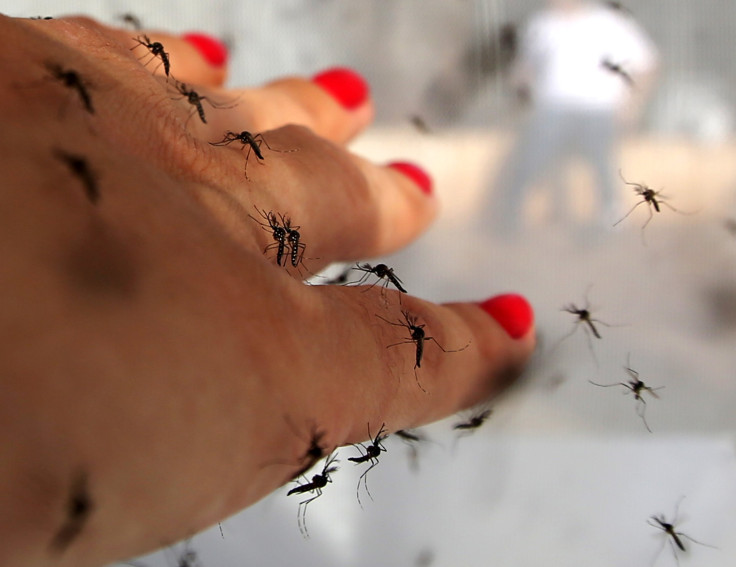
Malaria kills between 473,000–789,000 people per year, according to estimated statistics authored by the United Nations World Health Organization (WHO). Ninety percent of those deaths occur in Sub-Saharan Africa and 77 percent of victims are children under five. Those statistics are so staggering that even a slight drop in malaria cases would save thousands of lives. That’s why global health experts are cautiously optimistic about a new malaria drug, Mosquirix, even though the vaccine is only 30 percent effective . The drug was approved by European regulators this week.
“Today’s scientific opinion represents a further important step towards making available for young children the world's first malaria vaccine. While [the drug] is not the complete answer to malaria, its use alongside [existing interventions] such as bed nets and insecticides, would provide a very meaningful contribution to controlling the impact of malaria on children in those African communities that need it the most,” Sir Andrew Witty, CEO of GSK, the company who developed the vaccine, said in a statement.
Governments in and outside of Africa spend millions of dollars trying to fight the disease, a parasitic infection carried by mosquitos and spread by bites. At $5 dollars per dose, the vaccine comes in at about the same cost as a mosquito net . Health professionals will likely look at countries like Sierra Leone, which had 1.7 million cases of malaria in 2013, and debate what methods are the most cost effective. Americans are unlikely to use the drug, where 1,925 was a record high of malaria cases, in 2011. Five people died in the U.S., while 4,326 people died in Sierra Leone (in 2013).
Latin America
Many of our readers will be curious about malaria in Latin America, where the disease is less widespread and less deadly, and gets a lot less news coverage. In 2012, there were only 800 deaths estimated by the WHO in all of the Americas (including the U.S. and Canada). The number of causes as well as deaths are down in most Latin American countries. Venezuela is an exception: cases were up by about 1/3 between 2012 and 2010 and deaths went up slightly (to a total of 70). Brazil has the most cases, with 310,000 in 2012, that resulted in 140 deaths. In fact Brazil has been dealing with another mosquito-spread disease, dengue, which has less estimated cases but caused far more deaths than malaria. This year, reported cases of dengue have doubled (to around 750,000) and deaths are up almost 50 percent (to around 250), based on statistics from May.
Malaria might be less of a problem, but sickness and death spread by mosquitos persists, sparking some innovative solutions. In Brazil, a mosquito nets are used along chemical sprays meant to kill mosquitoes. Usually this is done with trucks, but a novel new motorbike is taking the sprays where trucks can fit, like the winding alley’s of the country’s informal housing settlements. As Brazil journalist Ben Tavener reported earlier this year on this new “MotoFog” technology. You can watch his video below.
© 2025 Latin Times. All rights reserved. Do not reproduce without permission.



